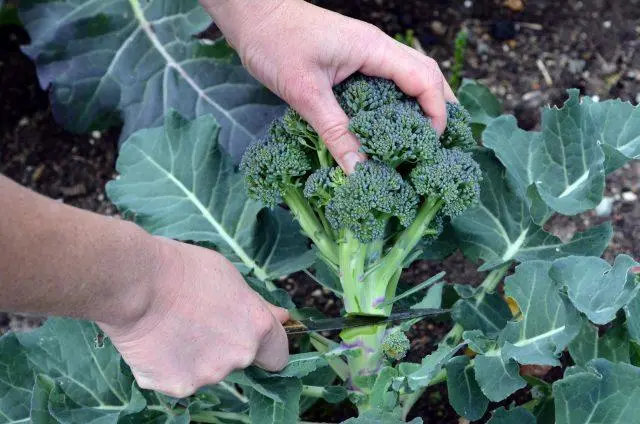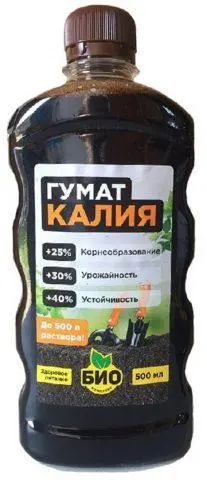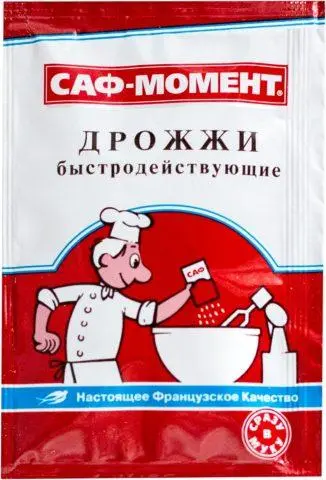Contents
It is recommended to feed broccoli cabbage up to 3-4 times per season. It is best to use ready-made mineral compositions, alternating with liquid organics. Fertilizers are given every 10-15 days, and the last time – three weeks before harvest. The basic rules and application schedule, as well as dosages are described in the article.
Is it necessary to feed
Broccoli is one of the varieties of cabbage, quite demanding to care for. It needs to be fed regularly even when grown on fertile soil. Fertilization allows you to achieve several goals at once:
- rapid growth of leaves, shoots;
- strengthening the root system;
- strengthening of immunity;
- increase in cold resistance;
- increase in productivity;
- improving the taste of heads of cabbage;
- normalization of soil composition;
- strengthening of the fertile soil layer;
- soil pH optimization.
If you do not feed, broccoli will begin to grow weaker, and besides, it will taste worse. Another disadvantage is that the inflorescences will not be so dense, they will become less stable and transportable.
Signs of malnutrition
If the plant lacks certain elements, this will be clearly noticeable by external signs. Top dressing with nitrogen is carried out in the presence of such symptoms:
- growth retardation;
- blanching, yellowing of foliage;
- small heads;
- reddish hues are visible on the underside of the leaves.
Fertilizing broccoli with phosphorus is required if the following signs are noticeable:
- leaves become dark green, with a bluish tinge;
- petioles become purple or violet;
- maturation processes are delayed.
In the case of potassium deficiency, you can notice the following symptoms:
- foliage becomes “burnt;
- leaves turn yellow and wither;
- some leaf plates acquire a bluish or bronze tint.
How to feed broccoli for tying heads

In order for broccoli to form heads together and give a good harvest, you need to regularly apply fertilizers.
It is best to give complex mineral compositions, alternating them with organic matter. You can also use folk remedies – the main options for the compositions are described below.
Mineral feed
For the rapid formation of heads, it is recommended to use two components as top dressing – superphosphate and potassium. They are applied by root during irrigation. Composition options can be different, for example (per 10 liters of water):
- superphosphate – 40 g;
- potassium sulfate – 30 g.
Another option (also on a bucket of water):
- superphosphate – 40 g;
- potassium salt – 25 g.
After cutting off the central head, you need to stimulate the growth of lateral inflorescences. To do this, make a different composition (per 10 liters):
- superphosphate – 20 g;
- potassium sulfate – 30 g;
- ammonium nitrate – 10 g.
Organic Fertilizers
You can feed broccoli after planting in open ground with organic compounds. Use liquid organics, which can be purchased or prepared independently. For broccoli, an infusion of mullein or bird droppings is suitable. You can prepare it in just two weeks:
- They take raw materials and put them in a container, fill them with water 5 times.
- Let stand at room temperature for 10-12 days, stir regularly.
- After that, the infusion is diluted with water. Litter 20 times, mullein – 10 times.
Top dressing is applied by the root method, i.e. poured into rows, spending 500 ml of liquid for each plant. The product is not subject to long-term storage, so you need to cook it in small volumes in order to spend it at a time.
Potassium humate is also used as top dressing. It is a liquid organic fertilizer. It stimulates the growth of roots, strengthens the immune system, increases the content of vitamins and chlorophyll. To prepare the solution, it is enough to take 70-100 ml per 10 liters of water. Application is done both root and foliar.

Potassium humate is produced in liquid form
Folk remedies
You can also feed broccoli with folk remedies. They are quite effective, they are easy to prepare, they cost practically nothing. It is based on water infusions of yeast, bread, cut grass or other available ingredients. There are quite a few recipes for feeding, among them you can list the following:
- One of the simple compositions is dry or fresh yeast. Take 10 g of raw materials, put in 10 liters of warm liquid. Add 2 tbsp. l. sugar and mix evenly. Leave at a temperature of 23-27 degrees overnight. Stir occasionally. Broccoli is fertilized at the rate of 1 liter per adult plant. Fertilizer is used up to three times per season with a break of two weeks.
- As an alternative to yeast, you can use bread to feed broccoli. It is especially useful in acidic soils as it increases the pH. For cooking, take a loaf of fresh or stale bread, dissolve it in 10 liters of water, and after a day add 30 drops of pharmaceutical iodine. Mix and dilute three times, then water the cabbage under the root.
- Broccoli can be given top dressing and onion peel. It contains useful flavonoids, as well as substances that repel pests. They take yellow, brown husks, fill half the volume of the pan and pour boiling water for four days. Stir occasionally, then filter and dilute with water 10 times.
- Another good top dressing for broccoli and other varieties of cabbage is an infusion of wood ash. It is used to strengthen the root system, increase cold resistance, and also to repel pests. To prepare the infusion, take 200 g per 10 liters, leave for several days, mix regularly. If you need to make foliar top dressing, the amount of ash is halved.
- You can feed broccoli to tie a head of cabbage with boric acid. Take 2 g, dissolve in a small amount of hot water, mix thoroughly and bring to a total volume of 10 liters. Sprayed in the initial period of fork formation.

For top dressing, it is enough to use 1 sachet of yeast per 10 liters
Terms and rules of fertilization
Top dressing must be applied several times per season:
- Two weeks after planting.
- After 10 days.
- Another 10 days later.
- Three weeks before harvest (only for late varieties).
Application schedule
Even during planting, humus or a complex composition, for example, nitroammophoska (5 g), is placed in the hole. If this is not done, the first top dressing after transplanting the seedlings is given after two weeks. You can use different compositions (per 10 l):
- urea – 30 g;
- mullein – 1:10;
- ammonium nitrate – 20 g;
- potassium humate – 20 g;
- urea and potassium chloride (10 g each) with superphosphate (20 g);
- wood ash (200 g) and superphosphate (60 g).
After 10-15 days, a second top dressing is introduced. You can use any of these recipes:
- mullein 1:10 with 30 g of azofoska and 15 g of complex fertilizer (“Mulch”, “Kemira”, “Kristalon”);
- nitrophoska (30 g);
- bird droppings 1:20;
- 200 g of ash with litter 1:20.
After another 10 days, they give the third dressing for broccoli. You can choose from these recipes:
- Mullein 1:10 with 30 g of superphosphate and 15 g of complex fertilizer.
- Superphosphate 30 g and complex fertilizer 15 g.
- Mullein 1:10 with superphosphate 30 g and potassium salt 20 g.
Basic application rules
Regardless of what kind of top dressing they plan to make, it is recommended to follow a few rules:
- Overfeeding is more dangerous than underfeeding. Do not think that the more fertilizer you give, the better the harvest will be. In fact, it is important to carefully follow the dosage and application schedule.
- Ingredients must be balanced. For example, if you overfeed with nitrogen, the plants will quickly gain green mass, and if you overfeed with potassium, they will grow poorly.
- If signs of deficiency of phosphorus, nitrogen or another element are too obvious, 1-2 foliar top dressings should be carried out with an interval of one week.
- It is better to fertilize in the evening, while the weather should be without rain and strong wind.
- After abundant watering, the soil should be carefully loosened before top dressing.
- If the soil is fertile enough, fertilizers are still needed. But their number is reduced by 1,5-2 times.

Fertilizers should be applied strictly according to the instructions.
Conclusion
It is recommended to feed broccoli cabbage regularly, as this will increase yield and taste. When fertilizing, it is important to follow the dosage according to the instructions and schedule. After landing in the ground, top dressing is given up to four times per season, but no more.









